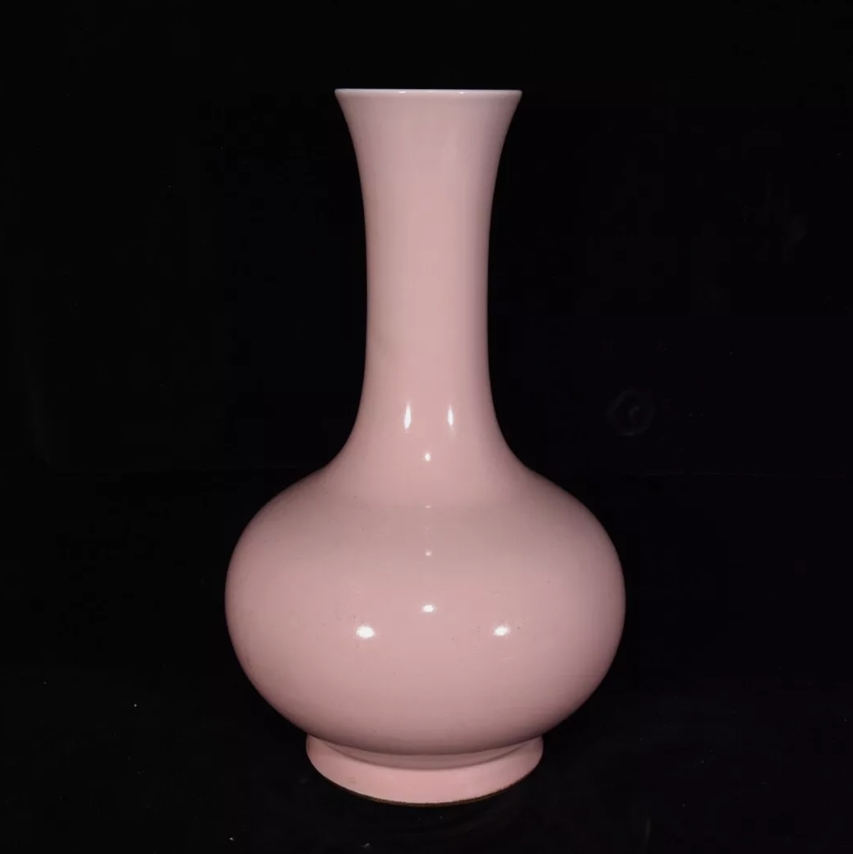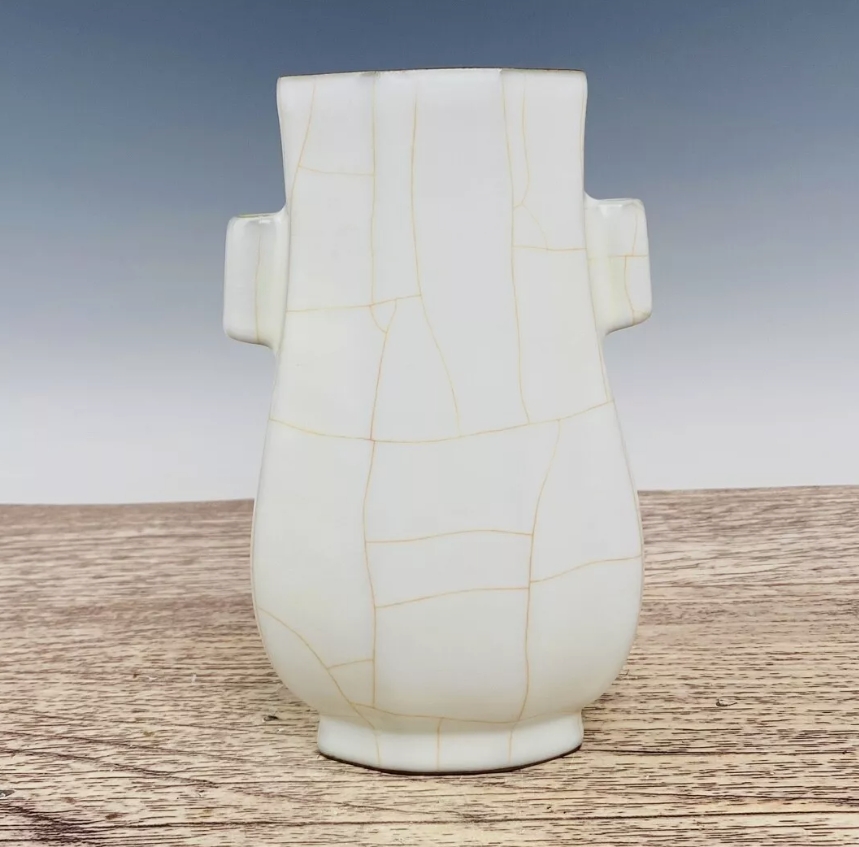Porcelain vase is a kind of art with a long history and unique charm, which embodies the crystallization of human wisdom and aesthetics. It is not only a practical item in daily life, but also a symbol of culture and art. The production process of porcelain bottles is complex and fine, which consists of selected soil forming, drying, glazing and other links, and finally roasting in a high-temperature kiln. This series of processes demonstrates the potter's skill and deep understanding of material properties.
Porcelain bottles come in a variety of shapes, from the elegant thin neck to the thick round belly, and each design contains rich cultural connotations and aesthetic pursuits. Many porcelain bottles are often used to display flowers, especially in the spring, the delicate flowers against the gloss of the porcelain bottles, forming a vivid picture. In addition, the bright colors and exquisite patterns make the porcelain vase not only a container for holding objects, but an independent work of art. The decorative patterns on many porcelain bottles often contain various auspicious meanings and convey the yearning for a better life.
Porcelain bottles have played many important roles in history. In different dynasties, porcelain bottles were given different symbolic meanings. In some times, porcelain bottles were a symbol of nobility and power, and only a few people could own and use them. In other periods, porcelain bottles became an indispensable commodity in ordinary families, carrying the bits of daily life. In the spread and change, porcelain bottles not only witnessed the change of history, but also carried countless stories.
In modern society, porcelain bottles are still loved by people. They are widely used in home decoration, cultural exchange and art collection. With the development of The Times, the traditional porcelain craft has been continuously combined with modern design concepts to create more innovative works.




